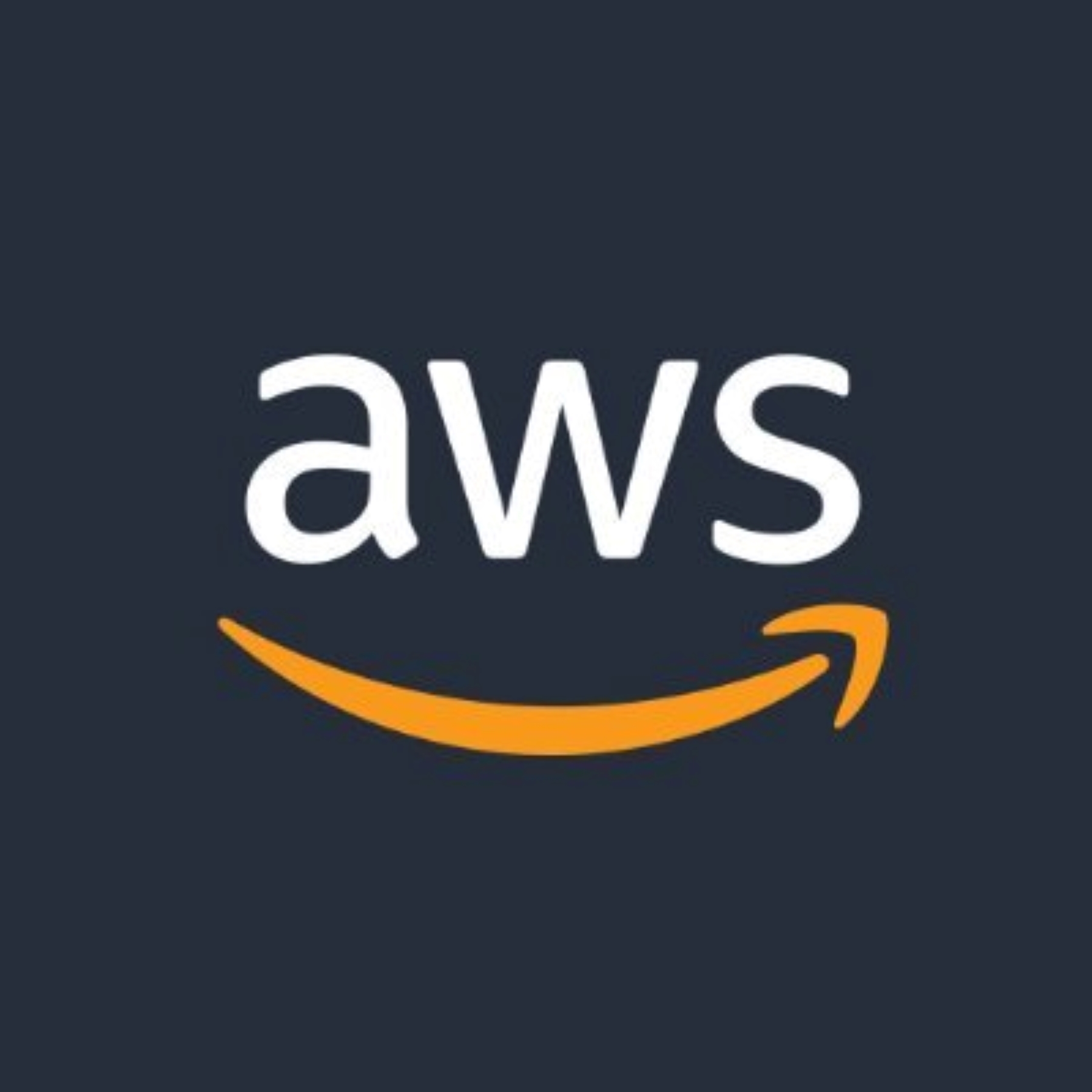Navigating the Benefits and Pitfalls of Employee Monitoring Software for HR Professionals

Employee monitoring software has become a vital tool for employers in today’s fast-paced business environment. The software allows companies to track and monitor the activity of their employees while they are working on company-owned devices. This software can include features such as tracking keystrokes, monitoring internet usage, and recording screenshots of employee activity.
The use of employee monitoring software has become increasingly popular in recent years as companies look for ways to improve productivity and ensure compliance with company policies. For human resources (HR) departments, this software can be a valuable tool for identifying and addressing issues related to employee performance, as well as for detecting potential cases of misconduct or violations of company policies.
One of the key benefits of employee monitoring software for HR departments is the ability to monitor employee productivity. By tracking keystrokes and monitoring internet usage, employers can identify employees who may be spending excessive amounts of time on non-work-related activities, such as social media or online shopping. This information can then be used to address these issues with employees and help them improve their productivity. This can be especially useful for remote workers, as it can be challenging to monitor their activity.
Another benefit of employee monitoring software is the ability to detect potential cases of misconduct or violations of company policies. For example, the software can be used to monitor employee emails and instant messaging conversations, making it easier to identify employees who may be sharing confidential company information or engaging in other forms of misconduct. This can be particularly important for companies that handle sensitive data, as it can help protect their information from unauthorized access or leaks.
In addition, employee monitoring software can also be used to monitor compliance with company policies. This can include monitoring the use of company-owned devices, ensuring that employees are not visiting prohibited websites or engaging in other activities that could put the company at risk. This can also help ensure that employees are following company guidelines related to data security, such as not sharing passwords or leaving devices unlocked.
Employee monitoring software can also be used to improve employee engagement and motivation. By providing employees with real-time feedback on their performance, managers can help employees understand their strengths and weaknesses and develop strategies to improve. This can also help increase transparency and accountability in the workplace, leading to a more positive work environment.
While employee time tracking software can be a valuable tool for HR departments, it is important to use it responsibly and with clear guidelines. Companies should be transparent about their use of monitoring software, and employees should be informed that they are being monitored and should have the opportunity to give their consent. Furthermore, monitoring should be done only for legitimate and legal reasons, and not to invade employees’ privacy.
In conclusion, employee productivity monitoring software can be a powerful tool for HR departments looking to improve productivity, ensure compliance with company policies, and identify and address issues related to employee performance. When used responsibly and with clear guidelines, employee monitoring software can be an effective tool for companies to use. However, it’s important to remember that employees are the backbone of any organization, therefore, monitoring should be done with care, and to respect their privacy, rights, and autonomy.





